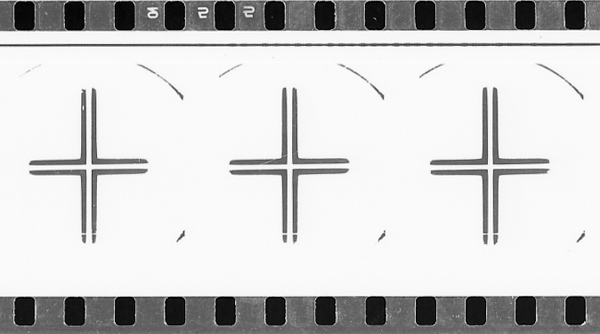Visibility Of Interim

Synopsis
"Light-colored lines overlap, form grids, condense and then resemble planes: Manuel Knapp used architecture software to create geometric patterns and shapes, white on a jet-black background, so that light seems to shine from within them. Gradually these shapes shift position in relation to one another, constantly forming different and increasingly complex spaces. This happens at such a slow pace the details of their movement can barely be discerned: We are conscious solely of the flow of change. As indicated by the title, Visibility of Interim, Knapp is concerned with the 'in between', that section of time and space between definable states.He expanded the visual information, rendered at 400 frames per second, to the normal 25 fps, producing information in the visible range which wouldn't be perceived at the original speed due to the eye's sluggishness (the afterimage effect). The effect produced by this constant and seemingly motionless renewal is unusual. As soon as we think we have recognized a space with light and shadows in the planes and lines jumble of references, it eludes us. Central points of view are suggested, but before the eye is able to explore them, the slanted plane no longer indicates spatial depth. An imaginary line of sight is eliminated and the viewer's eye has neither a chance to rest nor escape. In subtle waves, alternately from the left or right, there is resounding electronic cooing and crackling. Even the stereophonic echo is misleading.
As a dark architectural fantasy which turns spaces into buttresses, Visibility of Interim can be seen in the same category as Piranesi's prison paintings, and also the oblique light and shade of German Expressionism. Whether copperplate engraving, film or digital animation. All forms give priority to becoming over being." – Maya McKechneay (Translation: Steve Wilder)